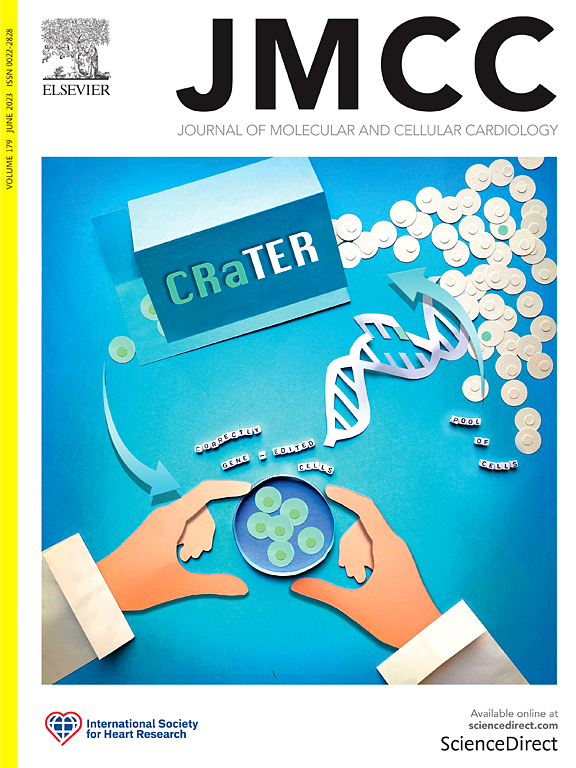心脏昼夜节律时间简史
IF 4.7
2区 医学
Q1 CARDIAC & CARDIOVASCULAR SYSTEMS
引用次数: 0
摘要
本文回顾了心血管科学中昼夜节律生物学的发现,从早期临床观察心率、血压和心血管事件的日常变化开始。这些模式表明,一天中的时间很重要,但直到过去二十年,这些节律的机制和知识转化才被揭示出来。我们描述了心脏内在的昼夜节律特性,以及这如何导致心脏基因和蛋白质表达、神经内分泌和血管节律、代谢、细胞电生理和细胞信号传导途径的调节。接下来,我们将探讨新出现的主题,包括昼夜节律对缺血性损伤、心脏老化的影响,以及昼夜节律不同步、性别和器官间串扰的趋势。在这些发现的基础上,昼夜节律医学开始重塑临床护理,包括手术时机、时间疗法、生物标志物、ICU设计、针对昼夜节律钟的新型分子药物、微生物组的作用和限时饮食、新的休息领域,以及“同一个健康”的概念及其在兽医学中的应用。展望未来,我们将探讨表观遗传学、基因编辑和太空飞行等新领域。总之,这些进展为如何利用昼夜节律改善心血管健康和疾病结局、支持更长寿、更健康的生活提供了路线图。本文章由计算机程序翻译,如有差异,请以英文原文为准。
A brief history of circadian time in the heart
This review tracks the discovery of circadian biology in cardiovascular science, starting with early clinical observations of daily changes in heart rate, blood pressure, and cardiovascular events. These patterns suggested that time of day matters, but it was not until the past two decades that the mechanisms and knowledge translation of these rhythms were uncovered. We describe the heart's intrinsic circadian properties and importantly how this leads to regulation of cardiac gene and protein expression, neuroendocrine and vascular rhythms, metabolism, cellular electrophysiology, and cell signaling pathways. Next, we explore emerging themes, including the impact of circadian timing on ischemic injury, cardiac aging, and trends in circadian desynchrony, sex, and interorgan crosstalk. Building on these discoveries, circadian medicine is beginning to reshape clinical care including timing of surgery, chronotherapies, biomarkers, ICU design, novel molecular drugs targeting the circadian clock, the role of the microbiome and time restricted eating, the new field of rest, and the concept of One Health and applications to veterinary medicine. Looking ahead we address new frontiers such as epigenetics, gene editing, and spaceflight. Together, these advances offer a roadmap for how circadian rhythms can be harnessed to improve cardiovascular health and disease outcomes, supporting longer and healthier lives.
求助全文
通过发布文献求助,成功后即可免费获取论文全文。
去求助
来源期刊
CiteScore
10.70
自引率
0.00%
发文量
171
审稿时长
42 days
期刊介绍:
The Journal of Molecular and Cellular Cardiology publishes work advancing knowledge of the mechanisms responsible for both normal and diseased cardiovascular function. To this end papers are published in all relevant areas. These include (but are not limited to): structural biology; genetics; proteomics; morphology; stem cells; molecular biology; metabolism; biophysics; bioengineering; computational modeling and systems analysis; electrophysiology; pharmacology and physiology. Papers are encouraged with both basic and translational approaches. The journal is directed not only to basic scientists but also to clinical cardiologists who wish to follow the rapidly advancing frontiers of basic knowledge of the heart and circulation.

 求助内容:
求助内容: 应助结果提醒方式:
应助结果提醒方式:


